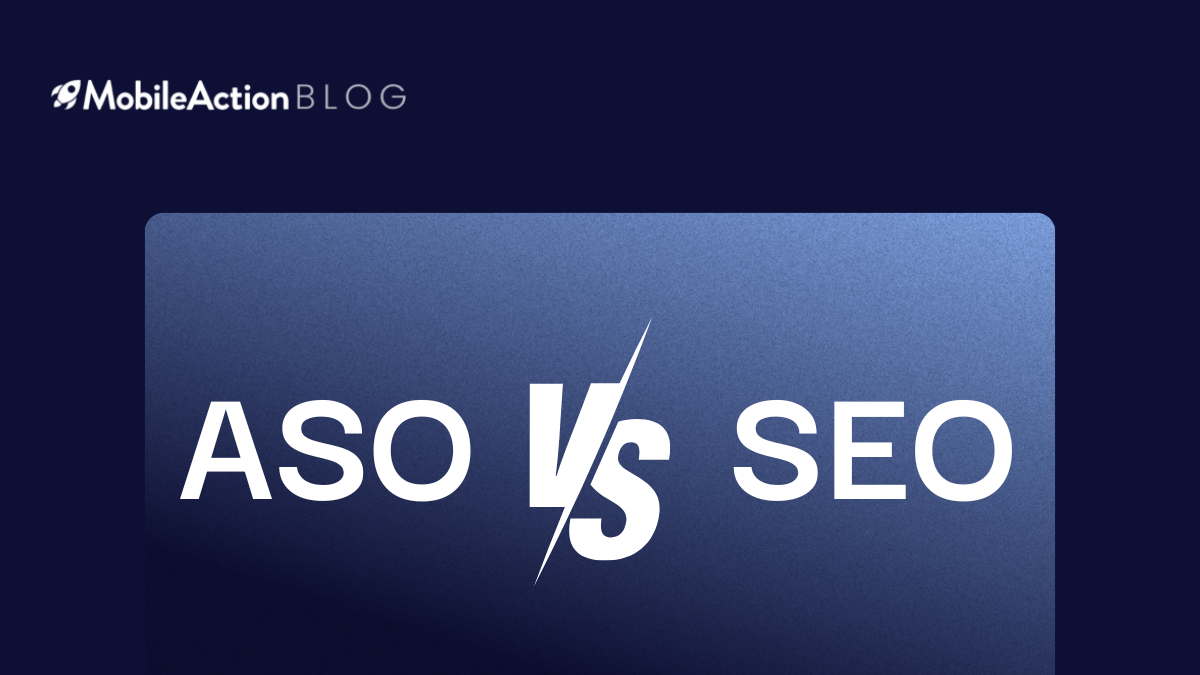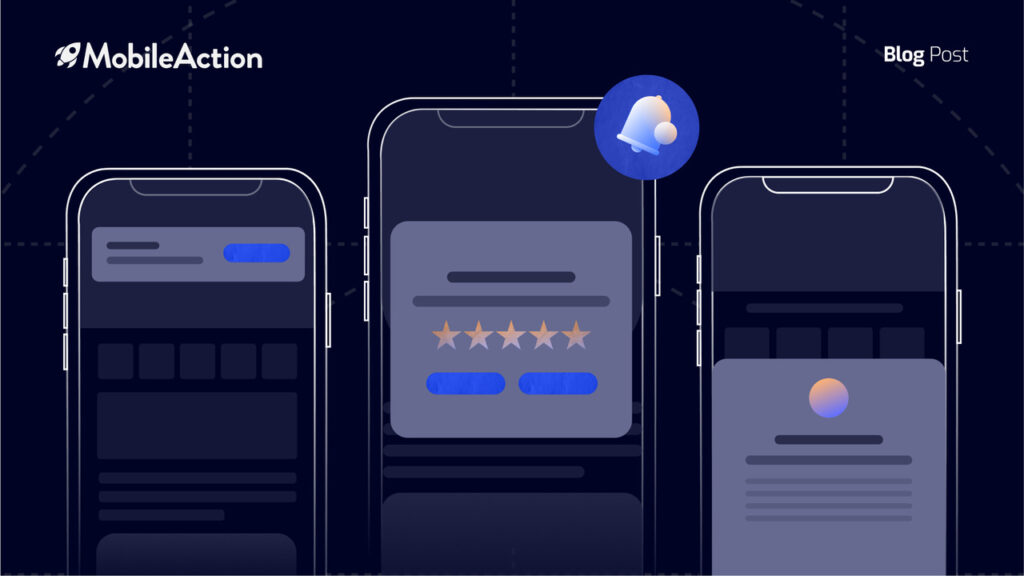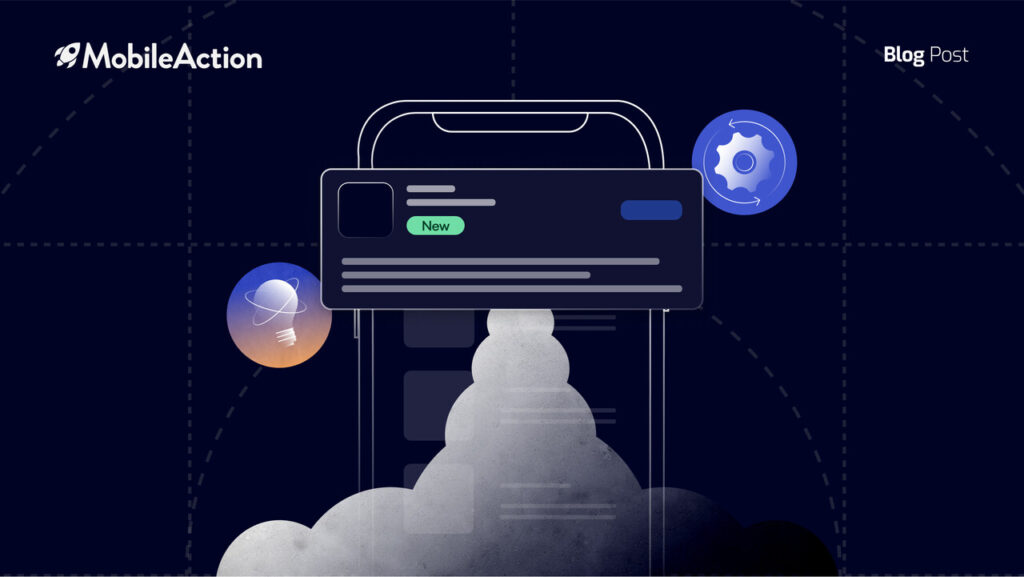Whether you run a website or have an app, maximizing visibility and discoverability is crucial for acquiring new users and customers.
While SEO and ASO both strive to do just that, they approach optimization quite differently to suit their respective domains of websites versus mobile apps.
So, ASO vs SEO… What is the difference anyway?
In this blog, we will explore Search Engine Optimization (SEO) and App Store Optimization (ASO) – what they are, how they differ, and how they are similar.
We’ll look at some of the top tools and resources for both SEO and ASO so you can choose the right ones for your needs.
Our goal is to help you understand how to leverage both strategies effectively depending on whether you want to rank higher in search engines or app stores.
What is App Store Optimization (ASO)?
App Store Optimization (ASO), is the process of optimizing an app’s listing page for major app stores such as Google Play and the Apple App Store. The primary goal of ASO is to increase the visibility of an app and boost organic downloads.
There are two main components of ASO – keyword optimization and conversion rate optimization.
The first involves targeting the right keywords that potential users are searching for in the app stores and optimizing elements like the app name, description, and screenshots to rank higher for those keywords.
By ranking higher in search results, the app becomes easier for users to discover through search.
The second component focuses on increasing conversion rates once users land on an app’s listing page. This involves optimizing elements like the app title, description, screenshots, and app preview video to clearly communicate the app’s value proposition and benefits to users.
The goal is to entice more users to download and install the app after visiting its listing page.
Overall, ASO aims to first get more relevant users to discover an app through improved search rankings, and then maximize the percentage of those users who decide to download and install the app on their devices.
This ultimately leads to an increase in organic downloads and new users.
What is Search Engine Optimization (SEO)?
Search Engine Optimization (SEO), is the process of optimizing websites and their content to rank higher in unpaid search engine results.
The overall goal of SEO is to help websites generate more qualified and organic traffic from search engines like Google, Bing, Yahoo, and others.
There are two core pillars of SEO – visibility and click-through rate. Visibility involves optimizing aspects like page titles, meta descriptions, headings, internal linking structure, and keyword research/implementation to increase the likelihood of ranking highly for relevant keywords.
The second pillar focuses on the click-through rate. This refers to optimizing elements such as compelling headline titles, descriptive URLs, user-friendly content, and speed to entice more searchers to click on the result linking to a website.
Key areas of optimization include page content, site structure, site speed, backlink profile, and off-page factors.
By analyzing different components, marketers can identify areas needing improvement and implement changes to increase organic search traffic over time.
The end goal is to enhance both visibility and CTR, bringing more qualified potential customers directly to a website via unpaid search results.
This is done by deeply understanding user intent and shaping content accordingly.
Similarities and differences between ASO and SEO
| Aspect | ASO (App Store Optimization) | SEO (Search Engine Optimization) |
| Focus | Optimizes mobile apps for higher visibility and more downloads in app stores such as the Apple App Store and Google Play Store. | Optimizes websites to rank higher on search engine result pages (SERPs) like Google, Bing, or Yahoo. |
| Keywords | Keywords are crucial for ASO, often included in the app title, subtitle, and description, with a focus on relevance and search volume. | Keywords are essential for SEO, used in the content, meta titles, descriptions, URLs, and more, with attention to relevance, search volume, and keyword difficulty. |
| Title and Description | The app name, subtitle, and description must be keyword-rich and persuasive to encourage downloads. | The title tag and meta description must be SEO-friendly and compelling to improve click-through rates from SERPs. |
| Backlinks | Backlinks are less significant in ASO, though high-quality links can indicate credibility, potentially influencing app rankings indirectly. | Backlinks are a critical factor for SEO, as they signify credibility and authority to search engines, directly impacting rankings. |
| Ratings and Reviews | Ratings and reviews are a significant factor in ASO, directly affecting app store rankings and user download decisions. | While ratings and reviews can enhance a site’s credibility and user trust, they are not a direct ranking factor for SEO. |
| Content Updates | Regular updates to the app can improve ASO, signaling to the app store that the app is being maintained and improved. | Fresh, regularly updated content can improve SEO, as it indicates that the website is current and providing up-to-date information. |
| Visibility | ASO is primarily about being visible in app store searches and category rankings. | SEO focuses on visibility across the vast ecosystem of the web, including search engines, directories, and other platforms. |
| Conversion Optimization | ASO places strong emphasis on conversion rate optimization within app store listings to maximize downloads. | SEO also focuses on conversion rate optimization but aims to guide users through a website to take a desired action, such as making a purchase or filling out a form. |
| Technical Factors | ASO includes elements like app size, compatibility, download speed, and app updates. | SEO involves technical aspects like website speed, mobile-friendliness, structured data, and secure connections (HTTPS). |
| Link Structure | ASO does not involve link structure within the app store context. | SEO requires a well-structured link architecture for easy navigation and to distribute page authority throughout the site. |
| Localization | ASO must consider localization for different countries and languages within the app stores, which can affect search visibility and downloads. | SEO also involves localization, and optimizing content for different regions and languages to attract traffic from various geographic searches. |
| Measurement of Success | Success in ASO is measured by app store rankings, download numbers, and user engagement metrics. | Success in SEO is determined by website rankings, organic traffic, user engagement, and conversions. |
| Platforms | ASO strategies are specific to app store platforms like iOS and Android. | SEO strategies are applied across various search engines and are not limited to a specific platform. |
| User Intent | ASO focuses on users with the intent to download apps. | SEO targets a broader range of user intents, including information-seeking, shopping, services, and entertainment. |
Best ASO Tools 2025
MobileAction offers ultimate ASO tools and resources that will empower your success in 2024!
ASO Intelligence
ASO Intelligence helps app marketers and developers gain a competitive edge in a sea of similar offerings.
These tools provide insights into competitor strategies, allowing for unique positioning and differentiation.
ASO plays a crucial role in localization, ensuring content lands with diverse audiences across the globe.
MobileAction ASO Intelligence enables app owners and marketers to grow organically with its unmatched Basic and Advanced tools.
Basic Features of MobileAction ASO Intelligence
Store Management
ASO Intelligence helps app marketers and developers gain a competitive edge in a sea of similar offerings. These tools provide insights into competitor strategies, allowing for unique positioning and differentiation.
MobileAction ASO Intelligence enables app owners and marketers to grow organically with its unmatched Basic and Advanced tools.
Keyword Suite
This is a comprehensive and multifunctional suite made up of several keyword management tools such as Keyword Tracking, Keyword Optimization, Keyword Gap, Keyword Position Map, Keyword Suggestion, Keyword Spy, Keyword Research, Keyword Explorer, Keyword Trends, and Keyword Translator.
It empowers app developers and marketers to streamline their keyword management efforts.
With Keyword Suite, users can track and optimize keywords, discover gaps, study competitors, explore trends, and translate or generate keywords for 22 languages.
This all-in-one solution ensures that your keyword strategy gives your app maximum discoverability in the app stores.
Advanced features of MobileAction ASO Intelligence
ASO Report
This tool provides a comprehensive overview of any app’s performance. It showcases how many keywords an app ranks for, the weekly changes in ranking distribution, and historical rankings by keyword.
Users can compare two dates by ranking, sort reports by brand keywords or volumes, and filter through various metrics.
Visibility Report
A crucial tool for understanding the visibility trends of your apps and competitors. The Visibility Snapshot offers a breakdown of the visibility score of your app by country.
Users can compare the day-by-day visibilities of two apps, understand localization performances, and view country-based visibility performances.
Additionally, the top visible apps feature allows users to view the most visible apps in each store, providing insights into their visibility scores, category rankings, and overall standings.
Keyword Intelligence
This feature shows keywords that your app ranks for and estimates the percentage of downloads you get from these keywords. It’s designed to give insights into potential keywords that might drive downloads.
The Organic Download History tab showcases keywords that contribute significantly to organic downloads.
By checking weekly changes, you can refine your ASO keyword strategies.
App Update Timeline
A feature that allows users to track their app’s update history. It provides a comparative view of each update, highlighting changes. You can also analyze competitors and see their update history, which can offer insights into their update strategies.
Best ASO resources 2025
- ASO Handbook 2024: Navigating the Future of App Store Optimization
- A comprehensive guide to App Store Optimization (ASO)
- The definitive guide for Mobile User Acquisition
- App Store ASO: Skyrocket your iOS app in Apple charts
- Google Play ASO: Organic growth strategy guide for Android apps
The bottom line
In conclusion, while ASO and SEO both aim to increase visibility and conversions, they differ primarily in their targeting – ASO optimizes apps for discovery within app stores, whereas SEO focuses on ranking websites in search engines.
Some best practices like keyword research, title/description optimization, and user experience apply to both.
Whether you have an app, website, or both, leveraging the optimal combination of ASO and SEO strategies is key to driving qualified traffic from organic search.
The right tools can help streamline your optimization efforts.
Schedule a demo with one of our optimization experts to get started with an ASO or SEO assessment customized for your specific needs. We’ll review your current setup, and opportunities for improvement and provide a strategic roadmap and plan!




